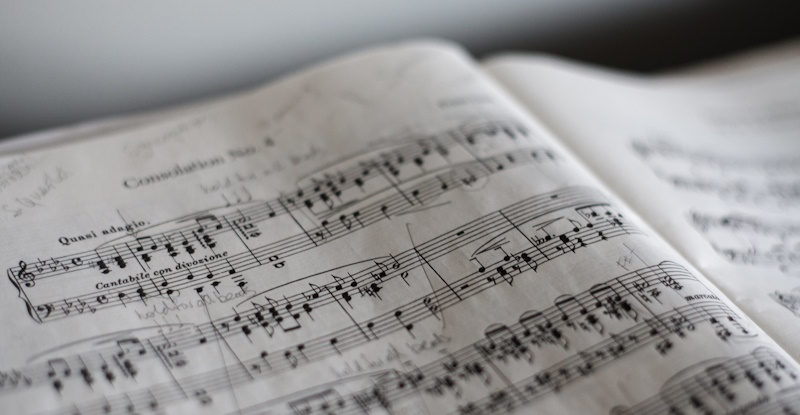What is Music Publishing and Why Should You Know About It?
With Spotify’s new royalty model arriving and many artists no longer receiving payments for their music, it is more important than ever for musicians to be aware of Music Publishing and the royalties they might be missing out on.
Music Publishing in its simplest form is the collection of an artist’s compositional royalties which are generated whenever an artist’s composition is played, recreated or performed.
When you create a piece of music and upload it to a distributor like RouteNote will immediately begin collecting a Sound Recording Royalty (otherwise known as a Master Recording Royalty). However, what most artists don’t know is that a Publishing Royalty is also being generated.
If an independent artist has written and recorded said song, they will own both these copyrights by default, unless transferred or sold.
What are the different Publishing Royalties?
Performance Royalties: Whether your composition is a performance on TV, broadcast on the radio, a background playlist streamed at a restaurant or a live performance. If you hear music when you’re out and about, it’s generating royalties for you to collect.
Mechanical Royalties: When your composition is reproduced in any form, a Mechanical Royalty is generated. This means you can earn royalties when your song is reproduced or distributed in physical or digital form, such as through CDs, MP3s, or streaming services.
Synchronisation Royalties: Synchronisation (‘sync’ for short) is when music is ‘synced’ with a moving image such as an Advert, Television, Film and so on. For a piece of music to be officially synchronised with a moving image, a sync licence must be issued and appropriate royalties should be paid to the appropriate rights holders.
Neighbouring Rights: Generated from the original recording or the public performance of the sound recording. Whilst they are similar to a sound recording and performance royalty, they are a different set of royalties to be earned. They also make sure the performers and recording owners get paid as well as the composer.
What does RouteNote Publishing do?
RouteNote Publishing is a Publishing Administrator that collects WorldWide Performance and Mechanical Royalties, along with Neighbouring Rights on request.
You can also collect YouTube Micro-Synchronisation Royalties! When your composition is added to any YouTube Video and advertising is activated, YouTube begins to collect these Royalties. This will also add your composition to YouTube Shorts. These are a United States based royalty only, however if it is left uncollected it is simply kept by YouTube.
We do not currently provide full Synchronisation deals, however we are happy to arbitrate and pass on any sync offers that may appear at our door.
Why should artists be more aware of Music Publishing?
Luminate’s 2023 Year-End Music Report showed that 152.2 million tracks each received 1,000 or fewer plays on audio streaming services in 2023. This counts for 82.7% of all songs on Streaming Services.
With Spotify now following their new Royalty Modernisation model, this means all songs that receive under 1000 streams in a year are not eligible for Sound Recording Royalties.
This does not apply to Publishing Royalties. These royalties can be collected no matter how many streams your songs are gaining on Spotify or any other streaming service.
